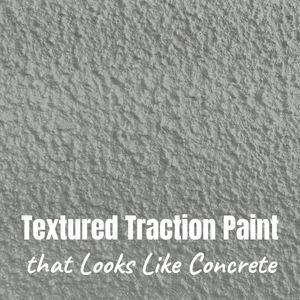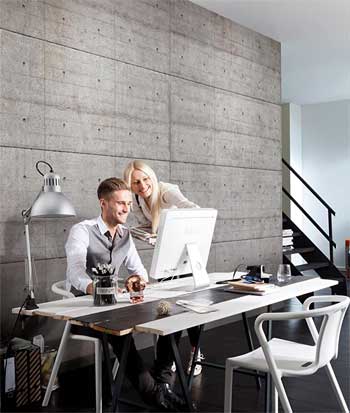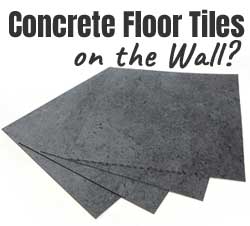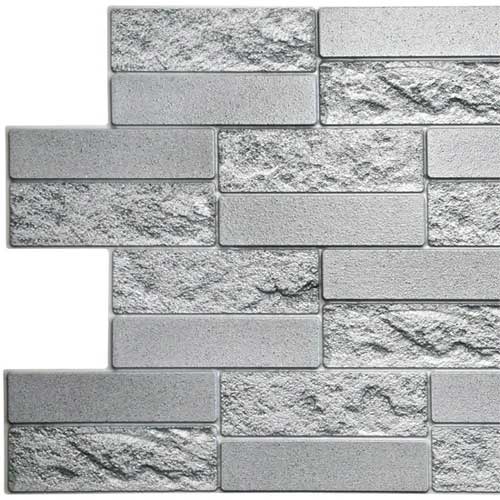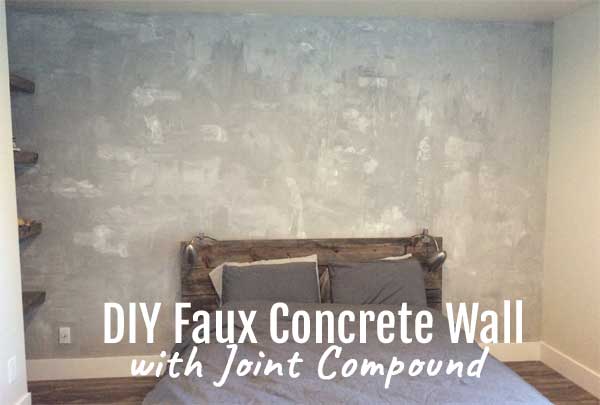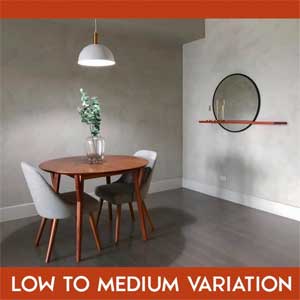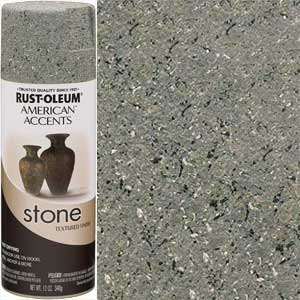Do you want to transform an ordinary interior wall into one that looks like industrial cement? Here are 7 simple ways you can create a faux concrete wall DIY.
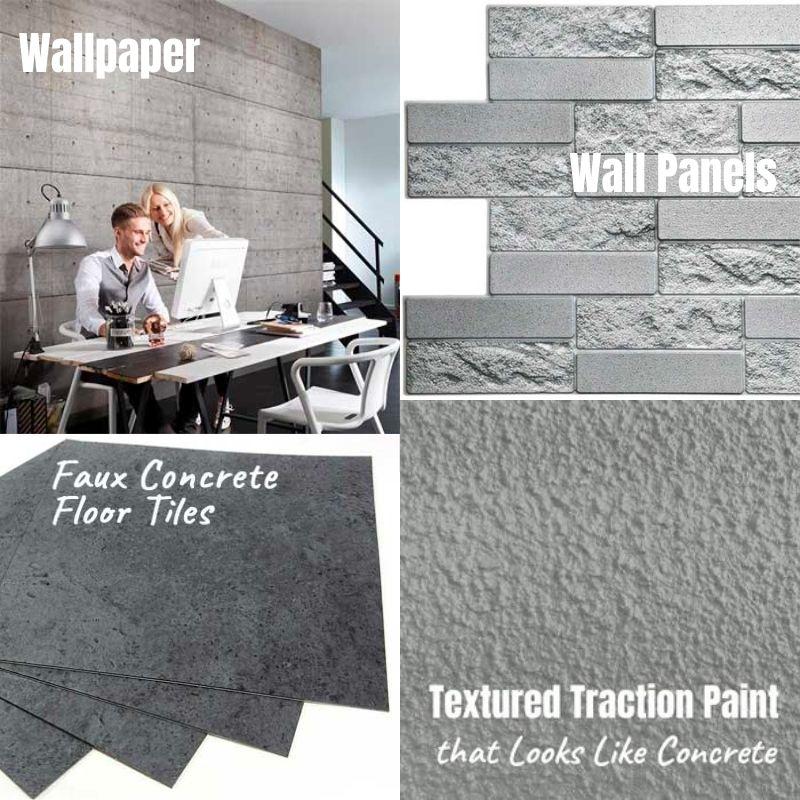
1. Paint the Wall with Textured Traction Paint:
Usually used as a coating to create non-slip floors, “traction” paint also gives the appearance of concrete. This all-in-one product applies quickly using a paint roller (included), so it’s really convenient.
However, it costs more than regular paint at about $140 per gallon (covers 75-100 square feet). If you have an 8-foot by 10-foot wall, you may be able to complete the job using one gallon. (By the way, this product works on many different surface types, as well as outdoors.)
2. Hang Faux Concrete Wallpaper or Decals:
Second, you can get peel-and-stick wallpaper, murals or decals that look like real concrete. These are super easy to apply and one of the cheapest ways to make your wall look like concrete.
Plus, you can choose from mural images ranging from cement blocks, cracked concrete, graffiti walls and more. In other words, you can find all sorts of designs that don’t look cookie cutter.
By the way, many peel-and-stick murals can be removed with no damage to your wall. Just something to keep in mind.
3. Place Stick-on Concrete Tiles on a Wall:
Concrete floor tiles (that are actually flexible vinyl) give you another alternative to using wallpaper. Since they come in smaller 12″ x 12″ pieces, they can be easier to work with, Plus, you can cut them with a knife to fit into corners and edges – no fancy tools needed.
However, compared to hanging concrete wall murals, this option does cost more. In addition, the seams between the tiles are noticeable. That being said, the design gives the appearance of concrete blocks, which some people prefer.
4. Install Concrete-Look Wall Panels:
Faux concrete wall panels typically come in sections that interlock like puzzle pieces. They are lightweight PVC and easy to handle – just glue them on your wall.
Many people like the look because they have a lifelike texture to them. Plus, they don’t require a lot of work to install, considering the finished look that you achieve.
The sections all have a straight, finished vertical edge, which makes them a good option for using as a half wall or short backsplash.
5. Create a Concrete-Looking Wall with Colored Joint Compound:
You can use joint compound or drywall mud to create a custom textured wall that looks like real concrete. I used this method myself and really like how it turned out.
The materials and tools are inexpensive. In fact, you may already have some items that you’ll need. The drawback is that this method requires more time and effort. That said, it can be a fun project that you’ll enjoy doing. Get instructions here:
6. Apply Concrete Skim Coating to a Wall:
Concrete resurfacer, skim coat or concrete look plaster gives walls a very real cement look and feel. You apply it to the wall just like you would with joint compound, with a trowel.
However, you need to work faster than with drywall mud, since the plaster and concrete resurfacer dry quickly. Both of these products come in dry form and need to be mixed with water before using.
NOTE: Also, look at Lime Plaster & Paint, which gives you a similar effect, but you can apply it with a brush, roller or sprayer. Keep in mind that you’ll need to apply at least 2 coats.
7. Spray on a Concrete-Stone Textured Paint:
Spray-on stone texture works essentially like spray paint, but it adds texture. Although this method is super simple and looks more realistic with the grainy surface feel, it can get expensive compared to regular paint.
Therefore, I like this option for painting smaller pieces of furniture rather than an entire wall. For example, a vase, tabletop, floating shelves, picture frames or an accent wall.

